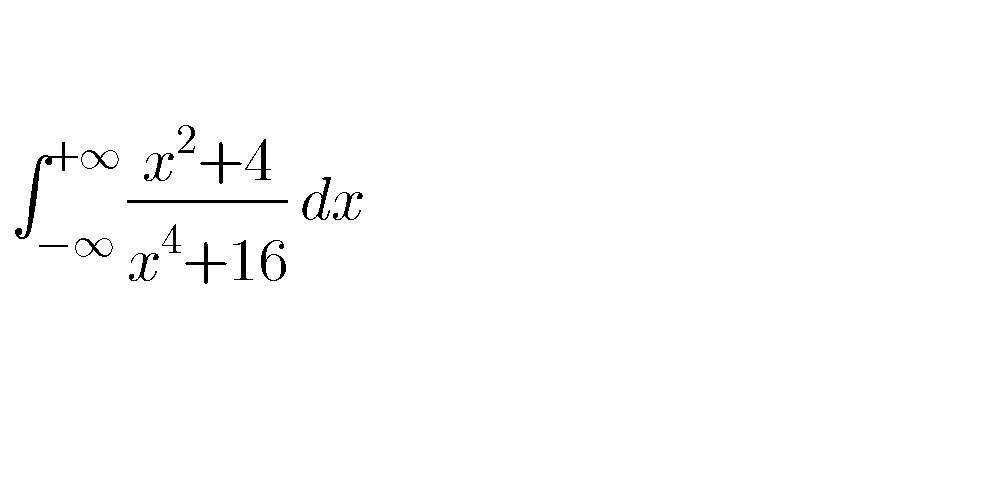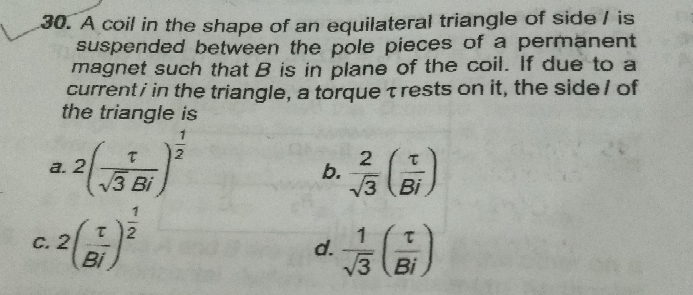
AllQuestion and Answers: Page 1513
Question Number 59926 Answers: 2 Comments: 1

Question Number 59907 Answers: 0 Comments: 0

Question Number 59906 Answers: 0 Comments: 0
Question Number 59905 Answers: 0 Comments: 1
$$\int\left(\mathrm{2x}−\mathrm{1}\hat {\right)}\mathrm{20} \\ $$
Question Number 59904 Answers: 0 Comments: 0
$$\left(\mathrm{2x}−\mathrm{1}\hat {\right)}\mathrm{20} \\ $$
Question Number 59902 Answers: 0 Comments: 1
Question Number 59901 Answers: 0 Comments: 0
Question Number 59893 Answers: 0 Comments: 7

Question Number 59892 Answers: 2 Comments: 2

Question Number 59882 Answers: 0 Comments: 5
Question Number 59976 Answers: 2 Comments: 0
Question Number 59975 Answers: 1 Comments: 0

Question Number 59872 Answers: 1 Comments: 0
Question Number 59870 Answers: 2 Comments: 7

Question Number 59861 Answers: 2 Comments: 2
Question Number 59858 Answers: 0 Comments: 0
Question Number 59846 Answers: 0 Comments: 8

Question Number 59842 Answers: 1 Comments: 3

Question Number 59838 Answers: 1 Comments: 1
Question Number 59835 Answers: 1 Comments: 0

Question Number 59834 Answers: 1 Comments: 0

Question Number 59833 Answers: 1 Comments: 0

Question Number 59832 Answers: 0 Comments: 0

Question Number 59829 Answers: 2 Comments: 2

Question Number 59825 Answers: 0 Comments: 0

Question Number 59814 Answers: 1 Comments: 1

Pg 1508 Pg 1509 Pg 1510 Pg 1511 Pg 1512 Pg 1513 Pg 1514 Pg 1515 Pg 1516 Pg 1517
